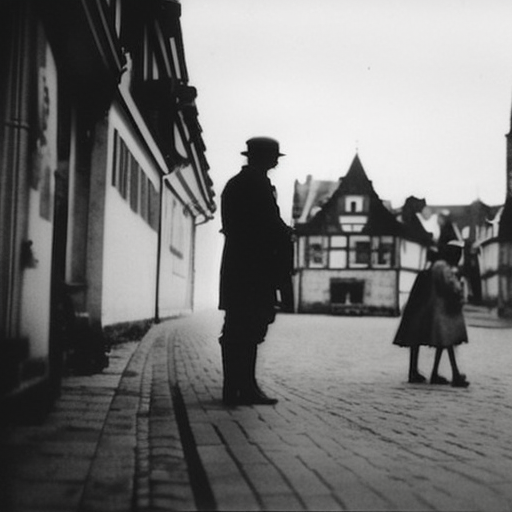Summary:
The War of the Jülich Succession was a conflict that took place from 1609 to 1614 over the inheritance of the Duchies of Jülich-Cleves-Berg in the Holy Roman Empire. The war was primarily fought between the United Provinces of the Netherlands and the Spanish Habsburgs, with other European powers also getting involved. The conflict ended with the Treaty of Xanten, which divided the disputed territories between the rival claimants.
Background:
The Duchies of Jülich-Cleves-Berg were located in the western part of the Holy Roman Empire and were ruled by the Wittelsbach and the Neuburg branches of the House of Wittelsbach. When the last Duke of Jülich-Cleves-Berg, John William, died without a male heir in 1609, several claimants emerged to inherit the territories. The main contenders were the Elector of Brandenburg, the Elector of Palatinate-Neuburg, and the Count of Nassau. Each claimant had the support of different European powers, leading to a complex web of alliances and rivalries.
Course of the War:
The conflict began in 1609 when the Dutch Republic, led by Maurice of Nassau, invaded the duchies to secure the territories for his cousin, the Count of Nassau. The Spanish Habsburgs, who controlled the southern Netherlands, saw this as a threat to their own interests and intervened to support the claims of the Elector of Palatinate-Neuburg. The Spanish army, led by Ambrogio Spinola, launched a successful campaign and captured several key towns in the duchies.
The war escalated when other European powers joined the conflict. The Dutch Republic formed an alliance with the Kingdom of England, while the Spanish Habsburgs received support from the Holy Roman Emperor, the Archdukes of Austria, and the Catholic League. The conflict spread beyond the borders of the duchies, with battles taking place in various parts of the Holy Roman Empire.
The war reached a turning point in 1610 when Maurice of Nassau died, leaving his half-brother, Frederick Henry, in command of the Dutch forces. Under Frederick Henry’s leadership, the Dutch army achieved several victories and regained control of some of the territories lost to the Spanish. However, the war continued to drag on, with neither side able to achieve a decisive victory.
Treaty of Xanten:
In 1614, negotiations for a peace settlement began, leading to the signing of the Treaty of Xanten. The treaty divided the disputed territories between the rival claimants. The Elector of Brandenburg received the Duchy of Cleves, the Elector of Palatinate-Neuburg retained the Duchy of Jülich, and the Count of Nassau was compensated with financial compensation.
The War of the Jülich Succession had significant implications for the balance of power in Europe. It further weakened the Spanish Habsburgs and strengthened the Dutch Republic, which emerged as a major player in European politics. The conflict also highlighted the complex web of alliances and rivalries that characterized the European political landscape during this period.
Conclusion:
The War of the Jülich Succession was a conflict fought over the inheritance of the Duchies of Jülich-Cleves-Berg in the Holy Roman Empire. It involved the Dutch Republic and the Spanish Habsburgs, along with other European powers. The war ended with the Treaty of Xanten, which divided the territories between the rival claimants. The conflict had significant implications for the balance of power in Europe and highlighted the complexities of European politics during the early 17th century.












